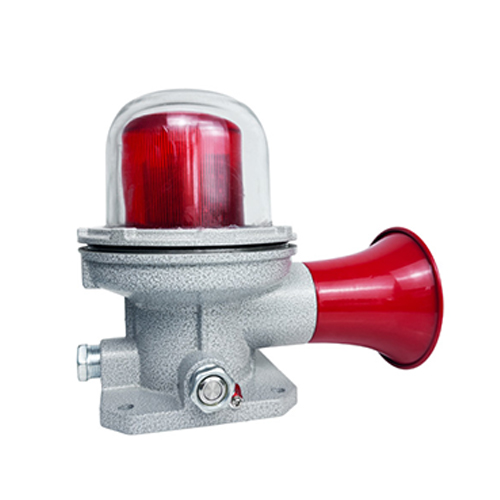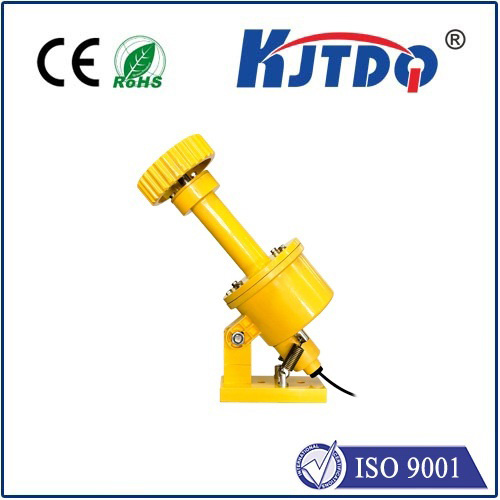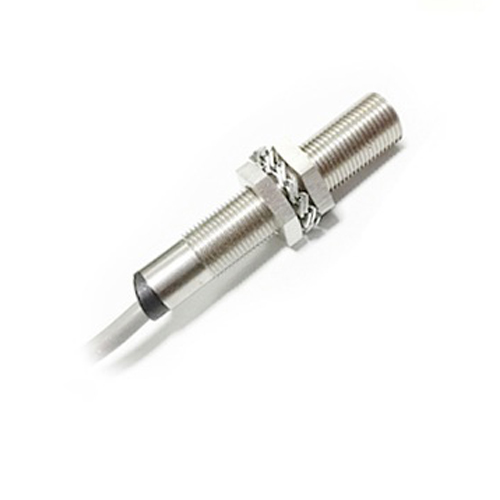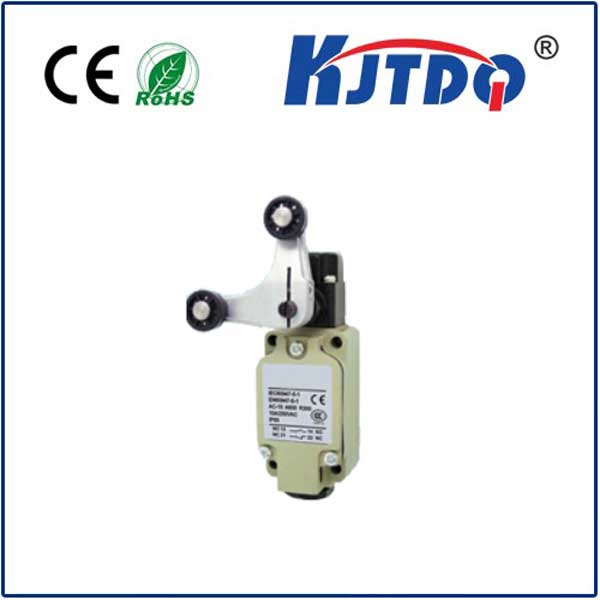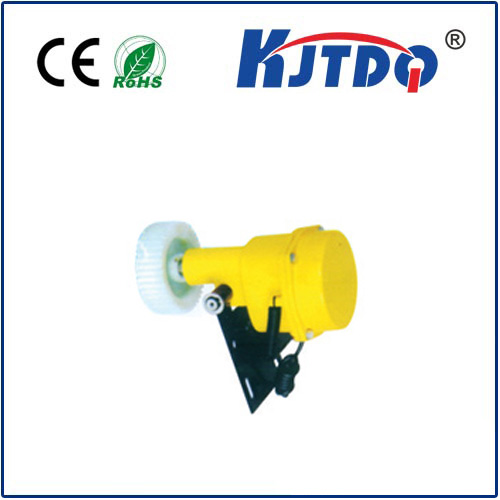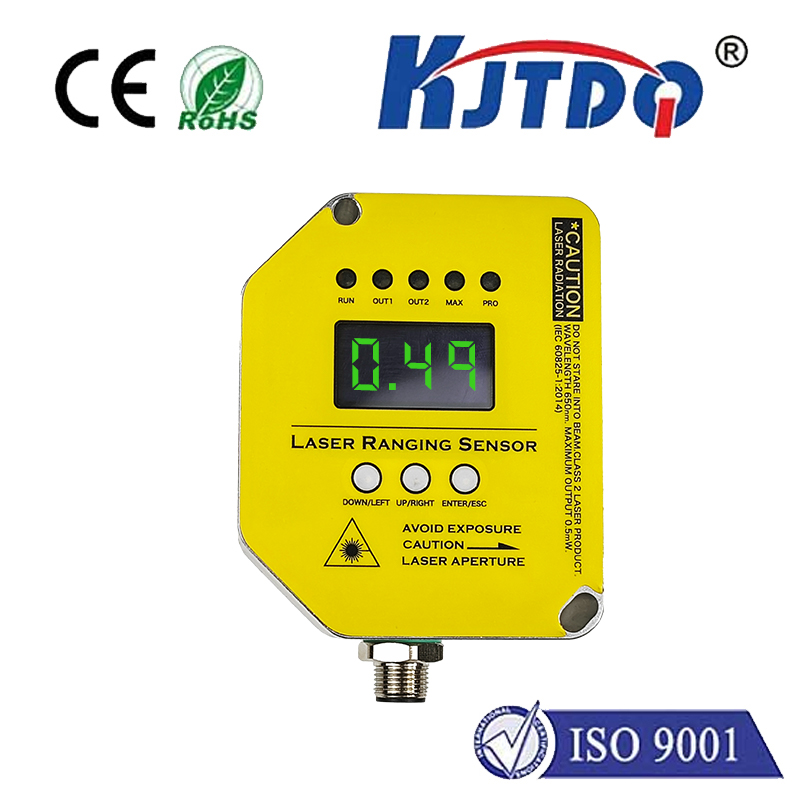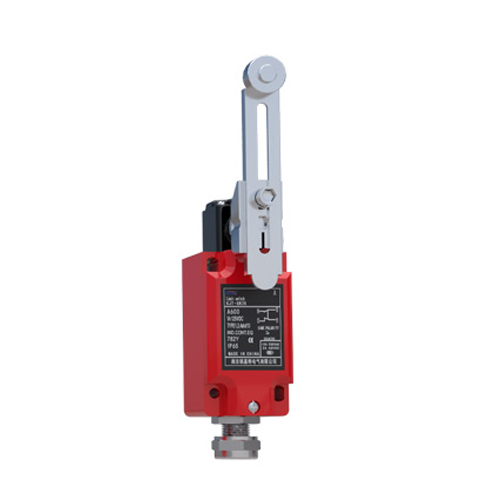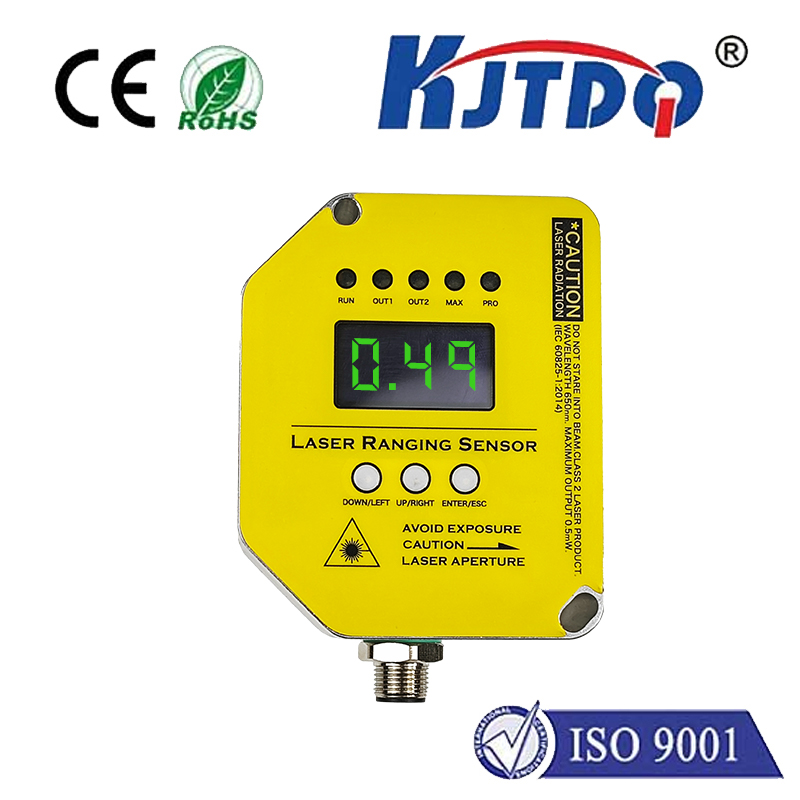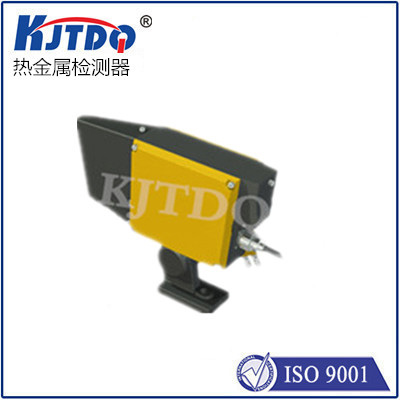redox sensor
- time:2025-08-22 00:48:56
- Click:0
Redox Sensors: Measuring the Electrons of Life and Industry
Imagine a silent, invisible current flowing through every living cell, every chemical reaction, and even our environment. This current isn’t electricity in the familiar wire-bound sense, but the fundamental movement of electrons – the very currency of chemical transformations. Tracking this electron flow is crucial, and that’s precisely where the unsung hero, the redox sensor, comes into play. Often overshadowed by its pH-sensing cousin, the redox sensor provides a vital window into the energetic state of a system, revealing secrets critical for health, safety, and industrial efficiency.
Decoding the Redox Potential (ORP)
At its core, a redox sensor measures the Oxidation-Reduction Potential (ORP). This value, typically reported in millivolts (mV), quantifies the tendency of a solution to either gain electrons (become reduced) or lose electrons (become oxidized). Think of it as an electrochemical tension gauge.
- High Positive ORP: Indicates a strong tendency to accept electrons – an oxidizing environment. Examples include bleach, hydrogen peroxide, or chlorine-treated water. Microbes struggle here.
- High Negative ORP: Indicates a strong tendency to donate electrons – a reducing environment. Examples include certain anaerobic zones, fermenting solutions, or environments rich in antioxidants.
The redox probe itself resembles a pH electrode but has a critical difference. Instead of a glass membrane sensitive to hydrogen ions, it employs an inert redox electrode, usually made of platinum or gold. This electrode acts as an electron “observer.” When immersed in a solution, electrons can move between the solution and the electrode surface, establishing a potential difference. This is measured against a stable reference electrode (often Ag/AgCl), translating the complex electron activity into a readable millivolt signal – the ORP value.

Why Measure Electron Traffic? Applications Abound
The significance of monitoring redox reactions extends far beyond academic interest. It’s a fundamental process indicator with widespread practical applications:
- Water Quality & Wastewater Treatment: This is perhaps the most established use.
- Disinfection Control: Chlorine, ozone, and chlorine dioxide are powerful oxidizers. A redox probe provides quick, real-time verification of disinfectant levels (high positive ORP), ensuring effective pathogen kill without excessive chemical dosing. It’s faster than traditional colorimetric tests.
- Anaerobic Digestion: Efficient biogas production relies on maintaining a strong reducing environment (negative ORP). Redox sensors are vital for monitoring reactor health and optimizing conditions for methane-producing microbes.
- Corrosion Control: Reducing conditions can sometimes mitigate corrosion. Monitoring ORP helps manage systems like boiler feedwater or cooling towers.
- Biotechnology & Fermentation: Cultivating cells (bacteria, yeast, mammalian) requires precise environmental control.
- Metabolic State: The redox potential inside a bioreactor reflects the metabolic activity of the culture. Shifts in ORP can signal transitions between growth phases, oxygen limitations, or the onset of anaerobic metabolism, providing crucial feedback for process optimization and maximizing yield.
- Environmental Monitoring:
- Soil & Sediment Analysis: Redox conditions dictate nutrient availability (e.g., nitrogen forms), pollutant degradation pathways, and microbial populations. Measuring ORP in soils or sediments helps understand ecosystem health and remediation potential.
- Groundwater & Aquifers: Contaminant plumes (e.g., hydrocarbons, chlorinated solvents) create distinct redox zones. Mapping ORP helps characterize plumes and design effective remediation strategies.
- Food & Beverage Industry:
- Quality Control: ORP measurements can indicate spoilage (shifts due to microbial activity) or confirm the effectiveness of sanitizing agents like peracetic acid washes.
- Winemaking & Brewing: Monitoring ORP at various stages can influence yeast performance and the sensory profile of the final product, helping control oxidation.
- Medical & Life Science Research:
- Cellular Health: Intracellular redox balance is a key indicator of cellular health, linked to signaling, aging, and disease states (e.g., cancer, neurodegeneration). Specialized redox sensors are crucial tools in fundamental research exploring these mechanisms.
- Diagnostic Potential: Research continues into using redox biomarkers and sensing for potential future diagnostics.
Advantages of Redox Sensing
The power of the redox sensor lies in its unique capabilities:
- Real-Time Insights: Provides immediate feedback on the oxidative or reductive status of a process, unlike slower lab tests. This enables rapid intervention when needed.
- Broad Indicator: Offers a single, measurable value reflecting the net effect of all oxidizing and reducing agents present, providing an overall “electrochemical snapshot.”
- Process Optimization: Essential for automating and efficiently managing critical processes like disinfection, fermentation, and wastewater treatment.
- Non-Invasive (Typically): Like pH, most ORP probes measure directly in the solution stream or tank without continuous sampling.
Beyond the Basics: Considerations and the Future
While powerful, interpreting redox potential readings requires context:
- Specific Reactions: ORP measures the tendency for reactions, not the concentration of a specific oxidant/reductant (though it often correlates well with strong oxidants like chlorine). Calibration standards (e.g., Zobell’s solution) help establish probe performance.
- Solution Factors: Temperature, pH, and the presence of certain ions can influence the measured ORP value. Modern instruments often include temperature compensation.
- Electrode Maintenance: Like all electrochemical sensors, redox probes require regular cleaning and calibration to maintain accuracy. Fouling can be an issue in harsh environments.
The future of redox sensing looks bright. Research focuses on developing more robust, miniaturized, and selective sensors. Integration with IoT platforms enables remote monitoring and data analytics. Advancements in materials science may yield probes with enhanced sensitivity and stability for demanding applications like in vivo monitoring. Understanding fundamental redox reactions remains key to unlocking new technologies in bioelectronics and energy conversion.
From ensuring the safety of our drinking water to unlocking the secrets of cellular metabolism, from optimizing industrial fermentations to understanding environmental remediation, the redox sensor stands as an indispensable tool. By translating the invisible dance of electrons into actionable data, it allows us to monitor, control, and innovate across countless domains, truly measuring the hidden currents that underpin life and technology.






